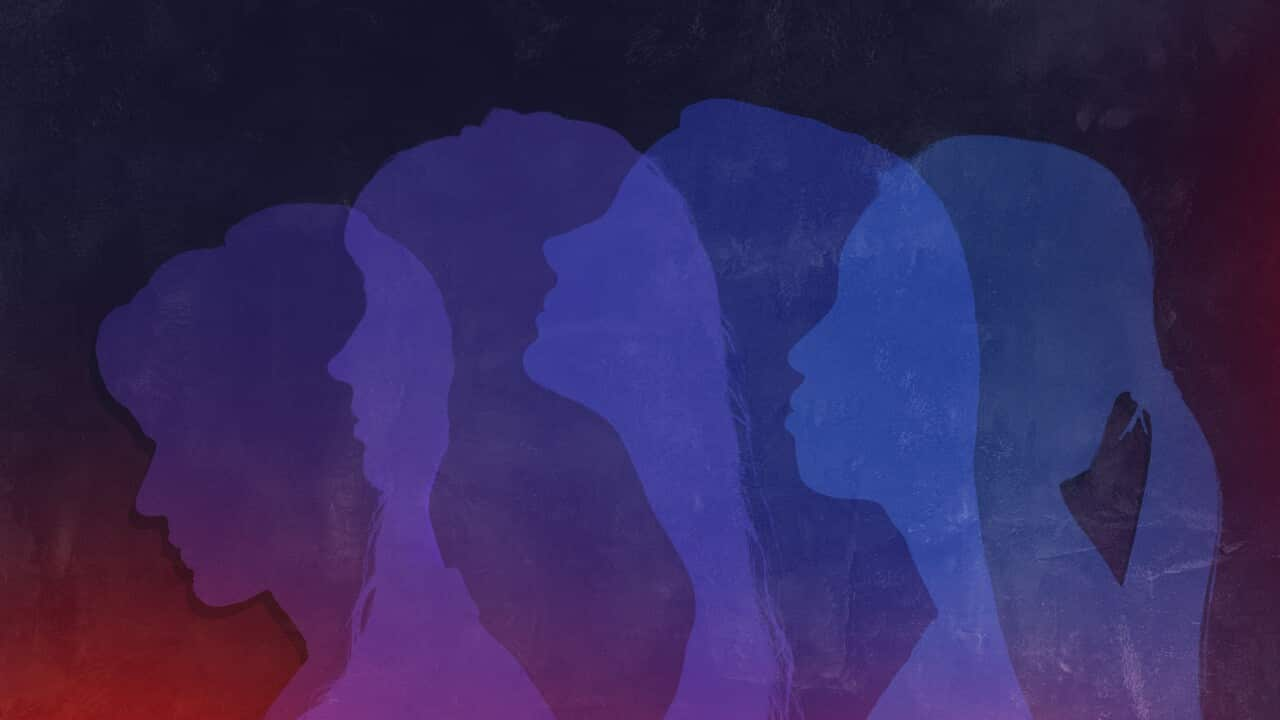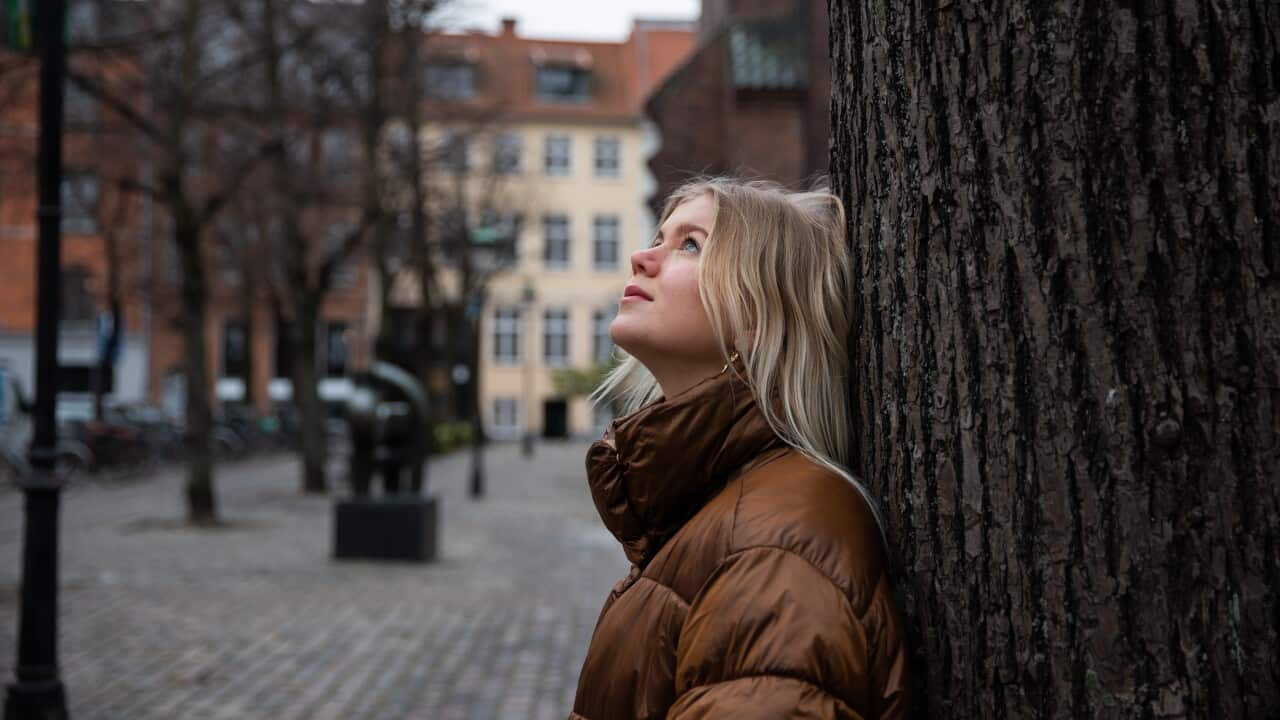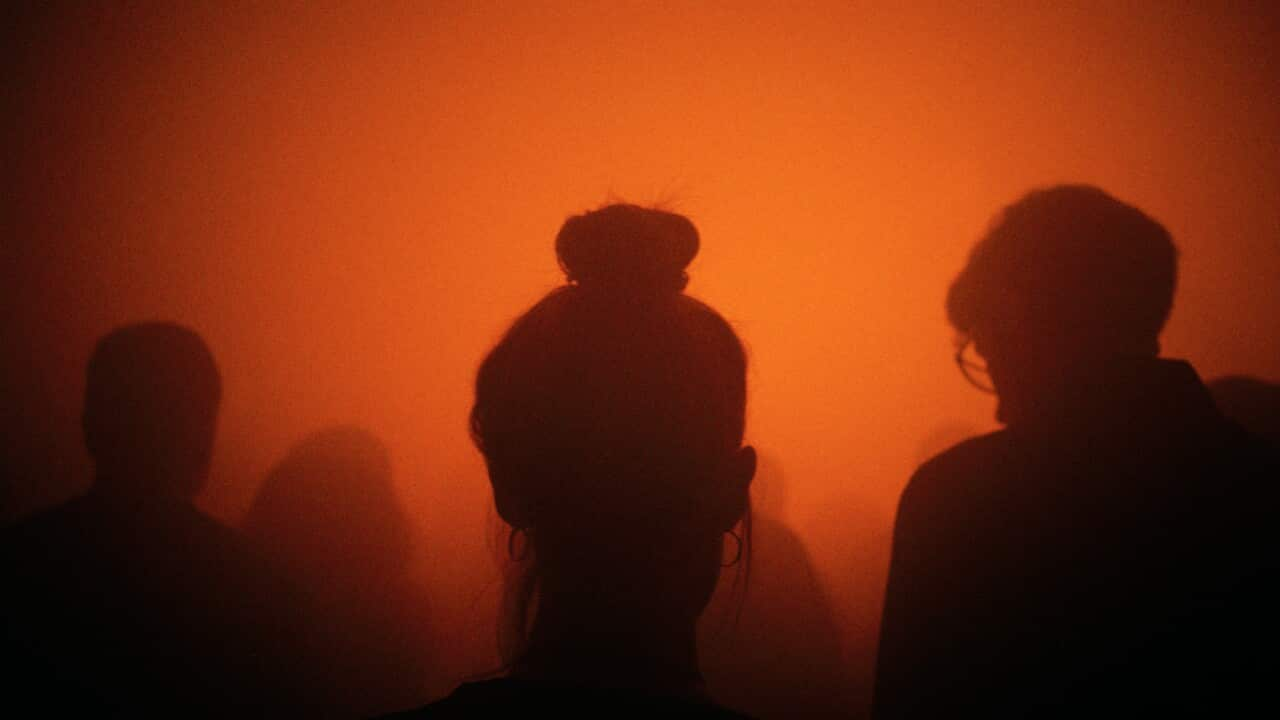More than 80 per cent of Australian men say they feel safe walking alone at night.
But for women that number drops to just 50 per cent, according to the OECD Better Life Index.
The index surveys the countries in the OECD — a grouping of 38 nations with market economies — plus Russia, South Africa and Brazil.
Only six countries in the index rank worse than Australia.
Now researchers from Melbourne's Monash University are trying to understand this gaping discrepancy.
The university's XYX Lab — a team of design researchers exploring gender-sensitive design practices and theory — has paired with the NSW government and digital consultancy CrowdSpot to create a crowd-sourced interactive map of the state called YourGround NSW.
Since November last year, women and gender diverse people have been dropping a digital pin to share their experiences. More than 1,000 places across NSW are marked on the map.
Contributors mark spots as "safe" or "unsafe" and explain why.
Sometimes a lack of safety comes down to "bad vibes".
Often there’s shared knowledge about a place:
The underpass is poorly maintained and known in the area as a spot for assaultBradbury Oval Underpass, Unsafe
Other times there's a concrete incident.
A friend of mine was approached in the tunnel in the morning and a man attempted to drag her down it. Even though it was a weekday morningCroydon Street, Cronulla, Unsafe
Why does it matter to document perceptions of safety?
Traditional crime statistics gather information about past incidents, and only what people choose to report formally.
YourGround NSW wants to build a picture of what is often dismissed as "minor" or "normal".
It's part of a growing push to document the scale of sexism and harassment at a day-to-day level.

"There is a form of solidarity with sharing those stories and creating a map that is an alternative dataset to how we might think about cities and communities," she says.
"Women and gender diverse people are navigating public space all the time and for that reason we really need to pay attention to it."
Is there a difference between being safe and feeling safe?
The least safe space for women and gender diverse people in Australia is actually at home.
According to the Australian Bureau of Statistics (ABS), women are more likely to experience violence at the hands of someone they know (35 per cent of women) than a stranger (11 per cent).
"We understand that statistically, but actually when you survey women of diverse ages and groups (and gender diverse people), they actually feel more at risk in public space," Kalms says.
The ABS 2021-22 survey about feelings of safety found around 93 per cent of women felt safe at home alone after dark — almost on par with men (99 per cent).
The gap emerges when people venture out of the house with 73 per cent of spots pinned as "unsafe".

YourGround Preliminary Findings
Kalms says it reflects something deeper about who feels they have authority to take up public space.
The most common activity marked on the YourGround NSW map is "passing through".
Researchers are keen to discover what motivates women and gender diverse people to stop and hang out.
Karen Bevan, CEO of Full Stop Australia — an organisation supporting people who experience sexual, family, or domestic violence — commends the idea.
"What people think safety is and (how) safety is lived is quite different. Architecture, public spaces and other environments have been designed with men at the centre: designed by men, for men," she says.
What makes women and gender diverse people report feeling safer?
Findings from YourGround show that when a place is pinned as "safe" there’s usually a range of reasons.
Kalms says one of the strongest indicators of safe places is the presence of others.
This is a really safe place for women and mothers. There are often other carers and children here ... Lovely placeKirribili Neighbourhood Centre, Safe
But safety involves more than just busyness.
Areas that have a lot of people passing through — such as train stations — tend to increase unease.
"When there's people in the space doing things, especially women and especially diverse groups of women, that is a fantastically safe space," she says.
"When women and gender diverse people can take up space, can hang out in them, can actually undertake activities, that’s when we get that flow-on effect."
Environmental issues such as good lighting and well-maintained spaces are also frequently mentioned as improving safety.
Does safety look the same for everyone?
About half the comments posted on YourGround mention other people’s behaviour, and about 50 per cent are concerned with the environment.
LGBTIQ+ contributors to the map express more concern about behaviour.
Discussions about gender and safety often imply the threat of sexual violence.
Logging this on behalf of a trans woman who whilst sitting in their car alone waiting for someone had a bunch of tradies hanging around the car spouting LGBTQI+ hate speech such as about killing trans people.Village Green Parade, St Ives, Unsafe
But race and religion intersects with sexism to create particular forms of harassment and Bevan says this is too often overlooked.
Sharara Attai, the executive director of the Islamaphobia Register, agrees.
The register gathers reports of anti-Muslim incidents, as well as offering culturally-tailored support to victims.
Its latest report on Islamaphobia shows that the issue is highly gendered.

"We do hear about violence against women," she says.
"But we don't often hear about it in the context of religiously motivated and racially motivated violence, and that's something that needs to change."
Many Muslim women report to the Islamaphobia Register they change their behaviour — like those who contribute to YourGround — by not going out alone or avoiding certain areas.
What role does lighting and technology play?
Preliminary findings from YourGround NSW show that good connection to Wi-Fi is a key factor in making a place feel safe.
A reliable internet connection helps women and gender diverse people navigate public space through accessing public transport applications and allowing them to connect with others.
Mobile phone coverage is good, it's accessible.Baird Street, Dubbo - Safe
But the Islamaphobia Register's most recent report also shows that the presence of CCTV was unlikely to deter perpetrators.
The full YourGround NSW report will be released publicly mid-year.




